Layover, Stopover and Open-jaw
 Airlines use a lot of jargon that can easily confuse people when booking tickets, especially those booked with frequent flyer miles. It’s always helpful to have a general understanding of the terminology used when booking a ticket, since it can give you a leg-up when traveling.
Airlines use a lot of jargon that can easily confuse people when booking tickets, especially those booked with frequent flyer miles. It’s always helpful to have a general understanding of the terminology used when booking a ticket, since it can give you a leg-up when traveling.
You’ll hear these three words (and their variants) a lot when traveling: Layover, Stopover and Open Jaw.
For a little clarification and basic knowledge, let’s review what a one-way and round-trip are, as simple as they might be.
What is a one-way?
A one-way trip departs from one city to another city, without a return. Typically, one-way tickets are more expensive than round-trips, so it’s smarter to book a round-trip ticket when possible.

What is a round-trip?
A round-trip departs from one city to another city, and then returns via the same routing.
For example, if I fly from Seattle to Miami, and then Miami to Seattle, this is a round-trip flight. (note because it is the same routing, the map does not display a separate line for the return flight).

What is a Layover?
A layover is a connection in an airport. If I’m flying from Boston to Dallas and then connecting onto Houston three hours later, I have a layover at the Dallas airport. A layover is typically under 4 hours, and one stays in the airport (however is technically under 24 hours). Depending on the length of a layover, it could be possible, or necessary, to leave the airport, so don’t consider that a concrete definition.
Smaller, regional airports tend to have fewer flights, thus making layovers longer. For example, if I arrive from Boston to Chicago at 9 AM and my connecting flight to Denver departs at 7 PM, I can easily leave the airport, enjoy a free day trip in Chicago and make it back in time for my flight that evening.
What is a Stopover?
In general, a stop over is a connection that lasts longer than 4 hours, or that forces an overnight stay in a city while flying. For example, if I’m flying from Atlanta to Boston, stopping in Boston for the night, then departing for Paris the following morning, I have a stopover in Boston. Stopovers are often included for free on award tickets, so it’s always smart to check with the airline.
Some fares allow a stopover. On an Icelandair flight from the US to Europe, passengers are able to stay in Iceland for up to a week at no extra charge. If I’m flying from Seattle to Dallas, spending the night in Dallas and then continuing to Washington Reagan in the morning, my ticket will probably price as two one-way tickets–Seattle to Dallas and Dallas to Washington Reagan. I’d have a stopover in Dallas. Stopovers are a great way to explore multiple cities on one plane ticket.
What is an Open-Jaw?
An open-jaw flight starts and ends at the same airport, with the return flight departing from a different airport than the one at which the departing flight first landed.
Let’s say I fly from JFK to London Heathrow, spend a few days in London and then take the Eurostar train to Paris to spend a few days there. My return flight goes from Paris to JFK. The “open-jaw” part is between London and Paris.
An open-jaw is often more expensive than a traditional round-trip ticket.
What is a Double Open-Jaw?
A double open-jaw departs from Airport 1 to Airport 2, then returns from Airport 3 to Airport 4. This includes two open-jaws–one on the outbound and one on the return.
For example, I’d depart from JFK to Zurich and then return from Brussels to Washington Dulles. I’d make my own way to Brussels from Zurich.
What are the rules?
For specific rules regarding layovers, stopovers and open-jaw segments, check out my award rules page for these popular award-redemption airlines:
 Jamie Larounis is an avid traveler, blogger and miles/points educator. Traveling well over 100,000 miles a year and staying in hotels for over 100 nights, he leverages miles, points and other deals to fly in first class cabins, and stay in 5-star hotels. His blog, The Forward Cabin, shares his experiences, musings, reviews, tips, tricks, resources and industry news with you, the fellow traveler. Today, in addition to writing The Forward Cabin, Jamie also supports the Frequent Traveler University, a Frequent Traveler Education Foundation project, as a member of their organizing staff where he’s spoken in-depth on the loyalty programs and operations of Amtrak and American Airlines. You’ll also find Jamie as an expert award trip booker with Award Magic, helping clients to redeem frequent flyer miles across a wide variety of reward programs and airlines. Among several media spotlights, he’s spoken at the New York Times Travel Show, written for InsideFlyer, Road Warrior Voices/USA Today, 1000TravelTips.com, the official content platform for the Travel and Adventure Shows, and makes regular guest appearances as a featured expert discussing the travel industry on FOX News.
Jamie Larounis is an avid traveler, blogger and miles/points educator. Traveling well over 100,000 miles a year and staying in hotels for over 100 nights, he leverages miles, points and other deals to fly in first class cabins, and stay in 5-star hotels. His blog, The Forward Cabin, shares his experiences, musings, reviews, tips, tricks, resources and industry news with you, the fellow traveler. Today, in addition to writing The Forward Cabin, Jamie also supports the Frequent Traveler University, a Frequent Traveler Education Foundation project, as a member of their organizing staff where he’s spoken in-depth on the loyalty programs and operations of Amtrak and American Airlines. You’ll also find Jamie as an expert award trip booker with Award Magic, helping clients to redeem frequent flyer miles across a wide variety of reward programs and airlines. Among several media spotlights, he’s spoken at the New York Times Travel Show, written for InsideFlyer, Road Warrior Voices/USA Today, 1000TravelTips.com, the official content platform for the Travel and Adventure Shows, and makes regular guest appearances as a featured expert discussing the travel industry on FOX News.
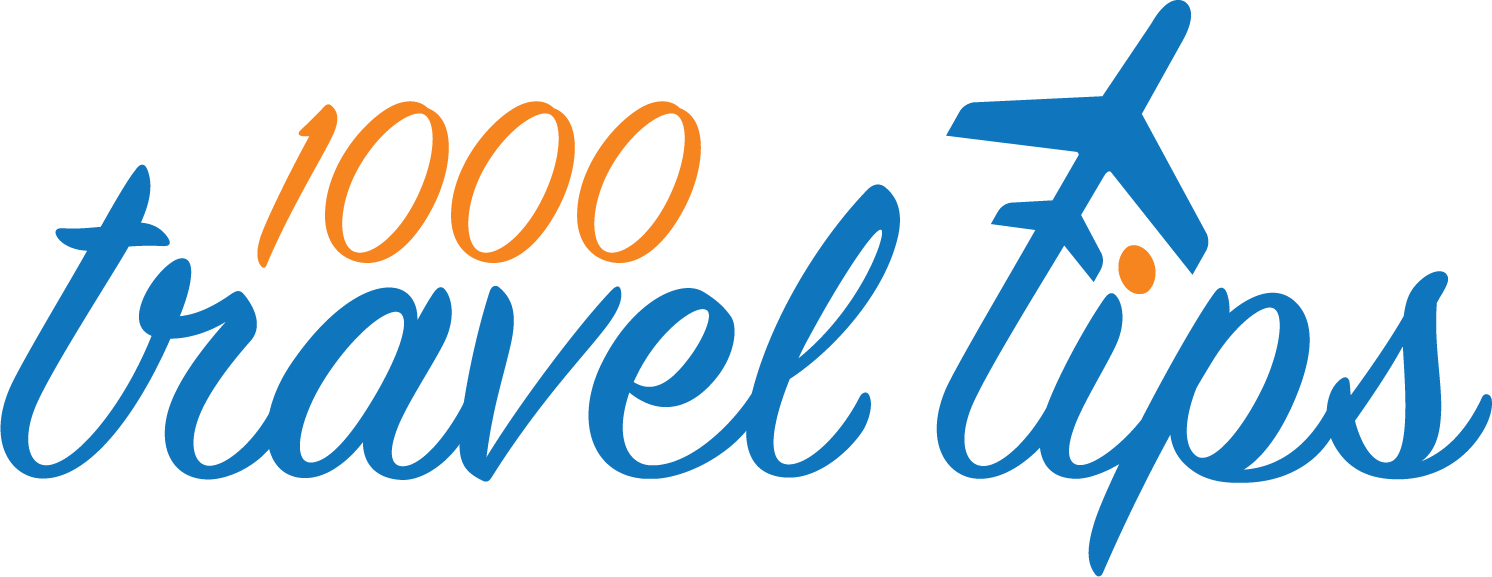
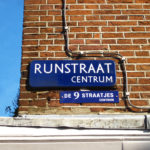




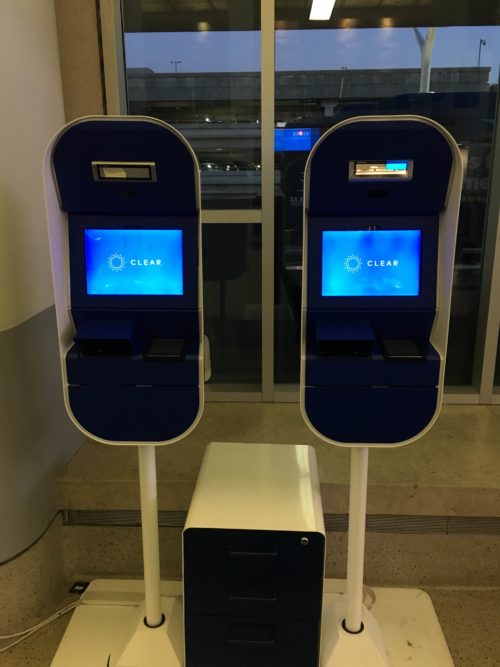
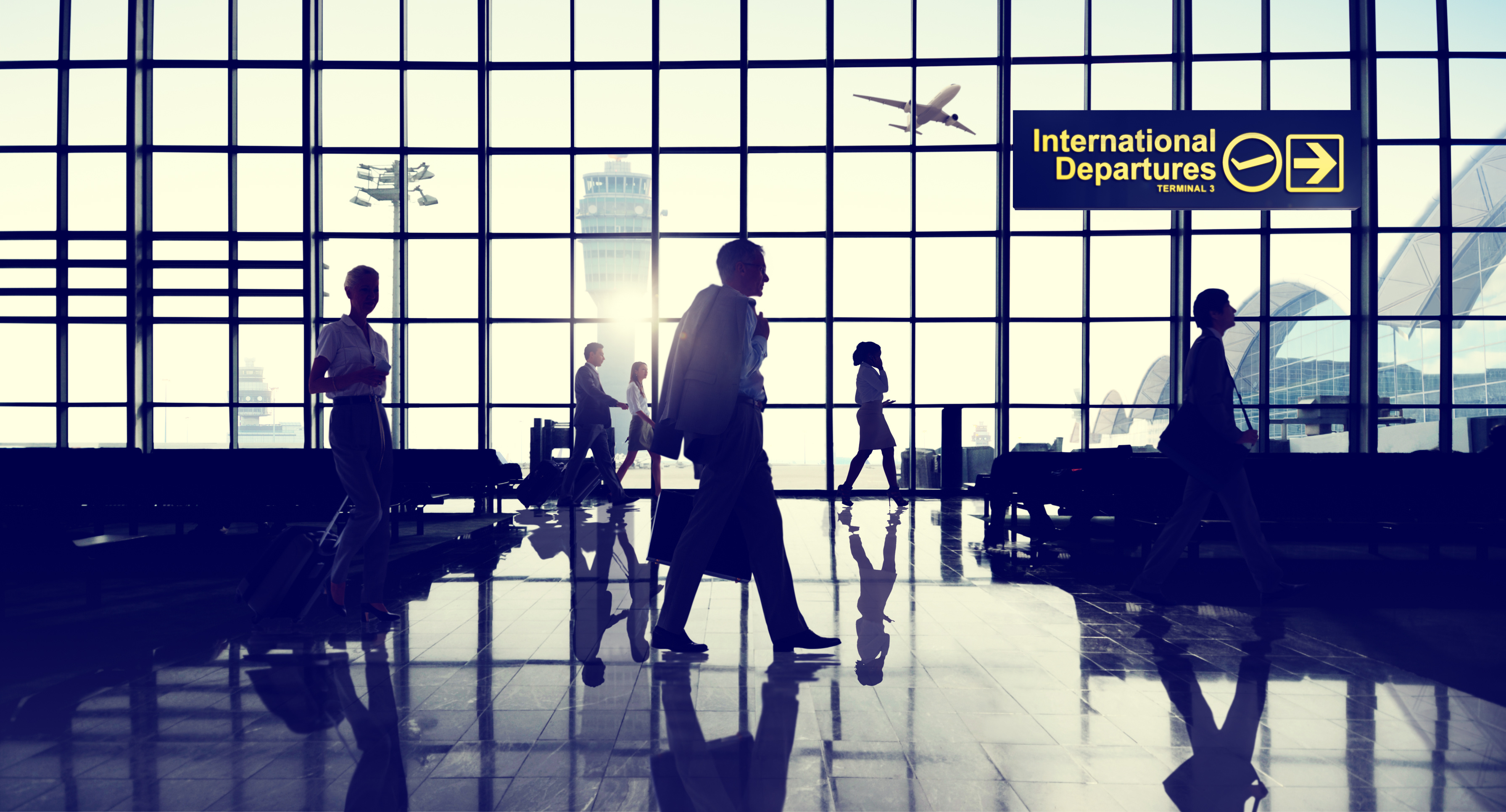



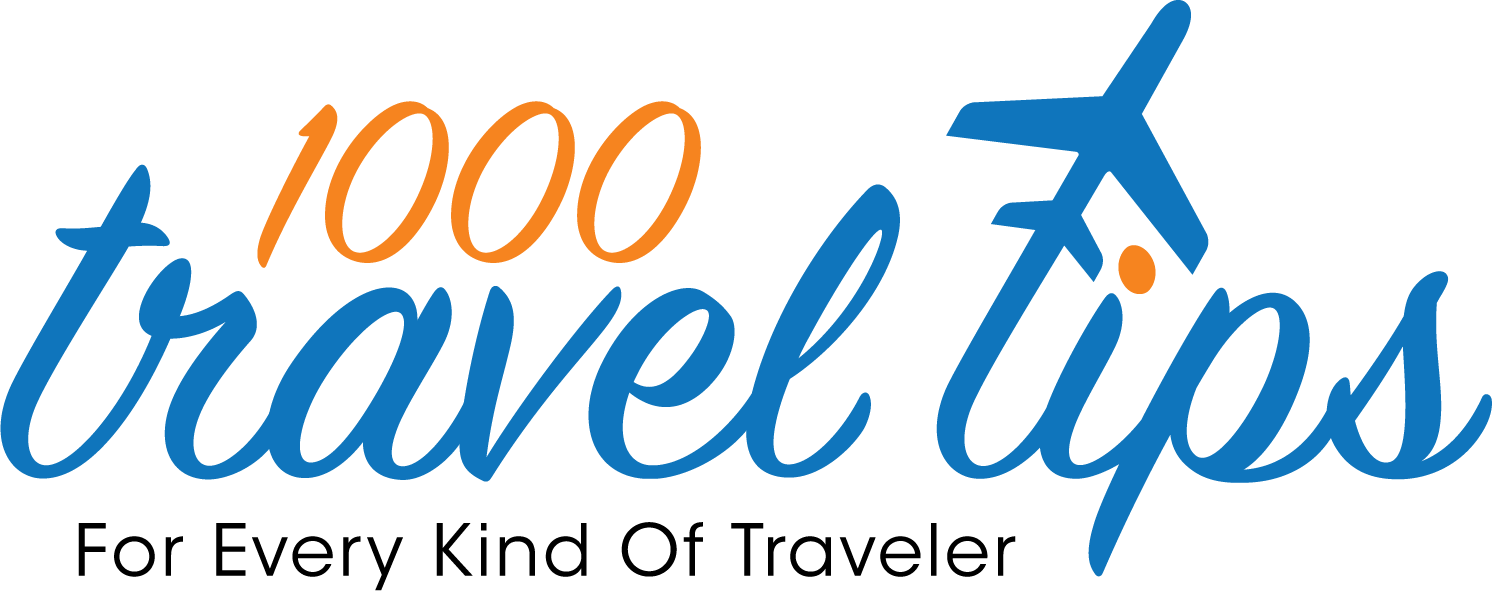
Just desire to say your article is as astonishing. The clearness in your post is simply nice and i could assume you’re an expert on this subject. Well with your permission let me to grab your feed to keep up to date with forthcoming post. Thanks a million and please keep up the rewarding work.
September 14, 2016